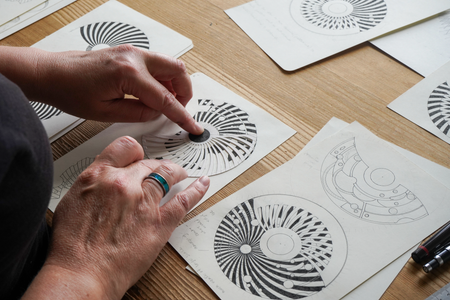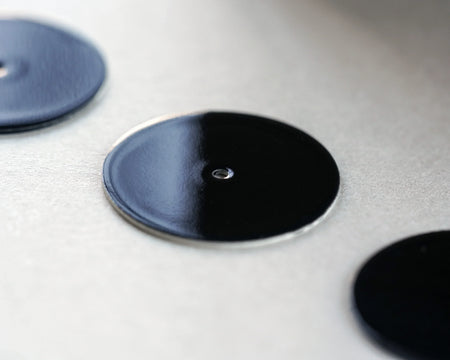Choosing a Movement
Aug 23, 2018

If you read the watch press you’ll know that the subject of movements is a contentious one. Ever since ETA (the largest movement manufacturer) started restricting supply to existing customers outside of the Swatch Group, many a column inch has focused on brands developing their own movements in-house.
The qualities we sought in a movement were reliability, accuracy, affordability and longevity. The latter being one which is sometimes overlooked; finding the expertise and parts to service or repair a watch can be difficult now, and in 50 or 100 years who knows what the situation will be, so, with all those factors in mind, using one of the great tried-and-tested Swiss movements was the only choice.
ETA or Sellita

Our first prototypes used the ETA 2824-2 movement, which is described just about everywhere using the term workhorse. It’s robust, reliable, accurate and having been produced for years in greater quantity than any other Swiss movement, it’s well known to watchmakers and parts are easy to come by.
The one downside for us is that the ETA is only available now on the grey market through movement dealers. So if you want to alter the movement with a customised rotor or to accommodate a thicker dial, you need to arrange it through an unauthorised third party. For most brands this isn’t a big issue, but as we’d developed our own dials which required non-standard fittings, using grey-market movements from a manufacturer who won’t work with you wasn’t ideal.
Sellita worked with ETA for many years before producing their own version of the 2824 movement, which they called the SW200. There’s a lot written comparing the two, but they’re identical (the Sellita actually has an extra, 26th jewel, but the ETA doesn’t suffer for lack of this) to the point of having interchangeable parts. We ran both side by side in 6 watches, 3 Sellita and 3 ETA, over several months and measured them regularly on the timegrapher, and you couldn’t tell them apart by the results.

Since then we’ve worked closely with Sellita and now have a movement which was built completely out-of-house in their factory to our exact specifications.


